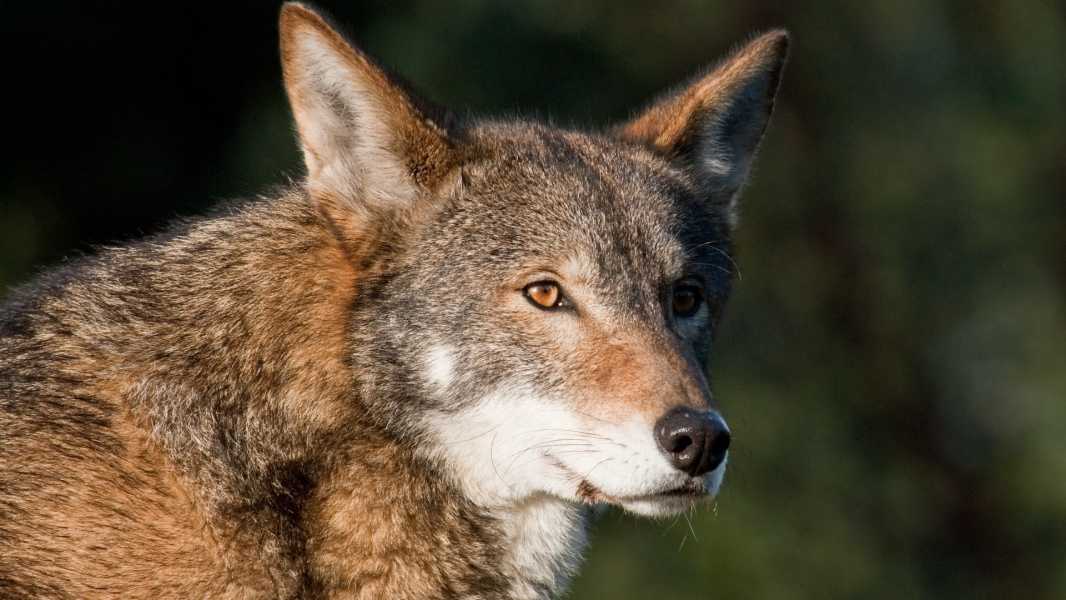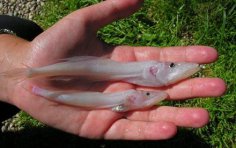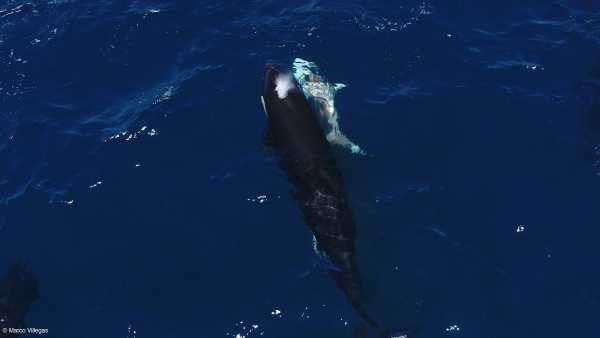
(Image credit: JeffGoulden via Getty Images)
Have you heard about the direwolf lately? Perhaps you've noticed a large white wolf on the cover of Time magazine, or a photo of Game of Thrones author George R.R. Martin with a puppy named after a character from his books.
The dire wolf, a large predator that went extinct about 12,000 years ago, is back in the spotlight after biotech company Colossal announced it had resurrected it using cloning and gene editing technology. Colossal bills itself as a “resurrection” company. This concept of resurrection has attracted many critics. There are serious accusations of “playing God” and tampering with nature, as well as more specific objections that current resurrection methods create little more than poor imitations rather than true recreations of the species.
Despite the interesting biological and philosophical debates, the legal aspects of conservation of endangered species are of the utmost importance. As a legal scholar with a PhD in wildlife genetics, I am concerned with legal definitions of the term “endangered species.” The use of biotechnology for conservation, whether through de-extinction or genetic enhancement of existing species, can offer solutions to problems that would otherwise be intractable. But this must be done in accordance with the law and its biodiversity conservation objectives.
You may like
- 6 Extinct Species That Scientists Can Bring Back to Life
- Science News This Week: Dire Wolf 'Resurrection' Controversy and 3D Hologram Breakthrough
- Researchers React to Tyrannosaurus 'Skin' Announcement
On dire wolves and the rebirth of extinction
What exactly did Colossal do? Scientists extracted and sequenced DNA from Ice Age bones to understand the genetic makeup of the dire wolf. They were able to assemble about 90% of the species’ complete genome. Despite being separated by millions of years of evolution, the gray wolf and the dire wolf share more than 99.5% of their genomes.
The scientists analyzed the reconstructed dire wolf sequences for specific genes they believe are responsible for physical and ecological differences between dire wolves and other canids, including genes linked to body size and coat color. CRISPR gene editing technology allows researchers to make specific changes to an organism’s DNA. The Colossal team used CRISPR to make 20 changes to 14 different genes in a modern gray wolf cell before implanting the embryo into a surrogate mother.
While the proposed technology is impressive, what should we call the resulting animals? Some commentators argue that such creatures are simply modified gray wolves. They point out that it would take many more than 20 changes to bridge the gap left by millions of years of evolution. For example, the 0.5% of the genome that is different between the two species corresponds to more than 12 million base pair differences.
Sourse: www.livescience.com





